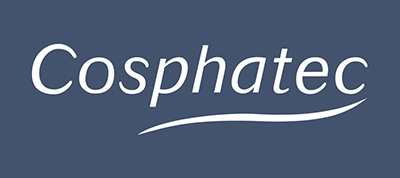The cosmetics industry continues to look for new market niches and to improve its image, which is often see as frivolous and wasteful. This has driven the trend for natural and organic products, and going ‘green’ by sourcing sustainable materials, avoiding the use of harsh solvents, using low energy processing and supporting fair trade.
Ever ready to satisfy changing demands, ingredient suppliers have been expanding their material portfolios to embrace green principles and that is the focus of this feature.
Award-Winning Chemistry
The winner of the ingredients category at the 2016 Sustainable Beauty Awards was L’Oréal Group with quinoa husk – previously a waste material. Quinoa husk contains saponins and polyphenols, which make it an interesting renewable cosmetic ingredient with proven exfoliating properties. A green chemistry-based extraction method was developed by Chimex, a L’Oréal subsidiary, which specialises in designing and developing eco-responsible processes. The material was sourced by Andean Valley, a Bolivian company that works directly with quinoa growers; Proinpa, a Bolivian foundation which promotes the conservation and responsible use of natural resources in Bolivia; and Eco Terra, a responsible importer.
The runner-up was TRI-K Industries with Baobab Tein NPNF (INCI: Hydrolysed Adansonia digitata seed extract), which is a 5-in-1 multifunctional active for hair care. TRI-K obtains the seeds in partnership with a local company dedicated to promoting the responsible and sustainable development of African businesses and bringing much-needed economic opportunity to local families. The baobab seeds yield a protein with specific benefits directly correlated to the amino acid composition, and trials on all types of human hair demonstrated its protective and repairing properties.
Finalists at the 2016 Sustainable Beauty Awards were IBR with IBR-CalmDeAge and Croda/Sederma with Majestem.
IBR-CalmDeAge (INCI: Phoenix dactylifera (date) seed extract) uses waste material from the food industry. The date seeds are crushed and extracted with water and glycerine. No harsh solvents are used and all waste is completely biodegradable. The date growers benefit from supplementary income by selling the seeds, thereby providing a new revenue source.
In answer to what makes Majestem sustainable, Croda reported that it cultures plant cells







